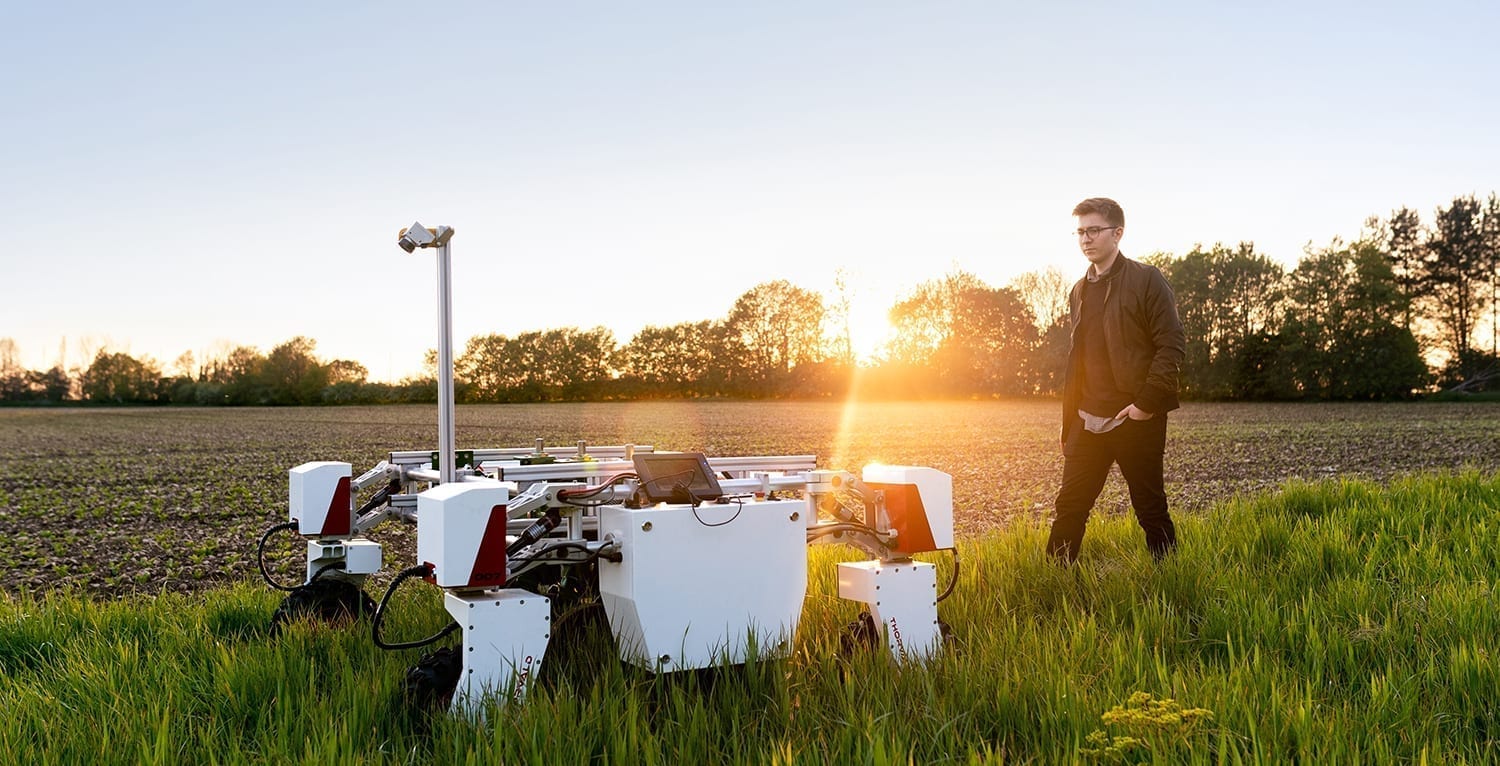Investment thesis: Future of Agriculture

About the agritech startups that we would like to meet
When it comes to tech agriculture startups, they typically need a longer time to mature. It’s difficult to simulate crops in the lab and iterate in short cycles as it happens in other industries. That’s why we believe it may be a good idea to invest in agritech early on in the lifetime of any fund.
That being said, at EGV, we have made a priority for 2020 to invest in agritech startups and give them both the time and the capital to grow.
Consider this blog post to be an investor’s perspective on agritech and, at the same time, a call for startups in this field.
Technology has the power to eradicate famine on a global scale. Given Romania’s huge agricultural potential, we are actively looking to identify new technologies that make food more accessible for all by reducing waste, keeping pests under control, decreasing costs with human labor, allowing for better management of cultures and livestock, and increasing productivity.
There are two sides of a coin: For one, a purely opportunistic VC is surely smart enough to invest in good startups that happen to knock at their doors. But, on the other side, the VC that is armed with a well-thought out and well-researched investment thesis should be able to see farther into the future and should make this a habit as well.
At EGV, we are looking to invest (ideally) in three complementing and cross-pollinating agriculture startups in 2020 and build on the strong synergies among these startups in the years to come. Based on how these three startups collect, ingest and analyze data, we are looking for the following types of companies to invest in:
1. Bird’s eye view (if birds could fly at 35,000 km altitude)
A broad bird’s eye view is in this case a pure-data play, as startups in this category develop their algorithms based on data collected from satellites operated by others, such as the Copernicus network.
The data-scientist teams we would consider for investment should prove their ability to extract meaningful and actionable insights from the layers of data provided by the satellite’s multispectral cameras. The keyword is “actionable” and the benefits for the farmers should be quantifiable in terms of ROI and TCO.
2. Boots on the ground
The second category is all about the agriculture startups that collect data from drones, robots, and underground sensors
We are very keen to observe the scalability of such business models and the fact that they do not require spreading a multitude of sensors across large surfaces of land is a definite plus.
Also, sales skills would be of vital importance for teams taking on such a challenge, as conducting (in)direct sales to farmers is not an easy job at all.
3. My sensors, my data
Here we include those agritech startups that analyze the data that was collected by the sensors installed on the agricultural equipment. In this case, the equipment is usually operated by farmers: tractors, weeding machines, and the likes of it.
There are a few things at stake in this business model though: giving farmers access to their own data, making various machines communicate with each other, and creating a common repository for all the data collected this way.
This model is more of a marketplace or a platform play, so their marketing and community building skills must double a team’s ability to build a technological product.
If you want to find out more about tech innovation in general and the role of VCs in building future tech ecosystems, check out our other investment thesis article here.
Are you working on an agritech product? Or are you passionate about applying technology and science to agriculture? Come talk to us.






